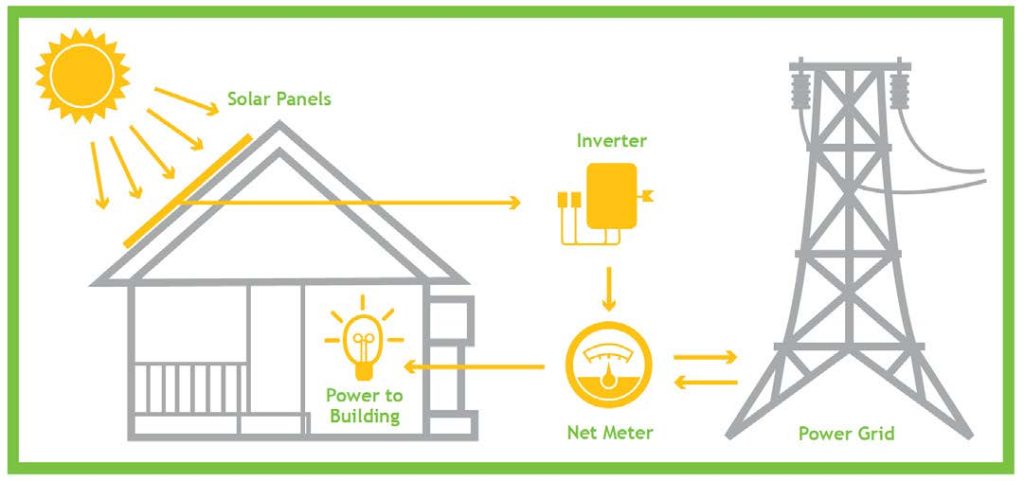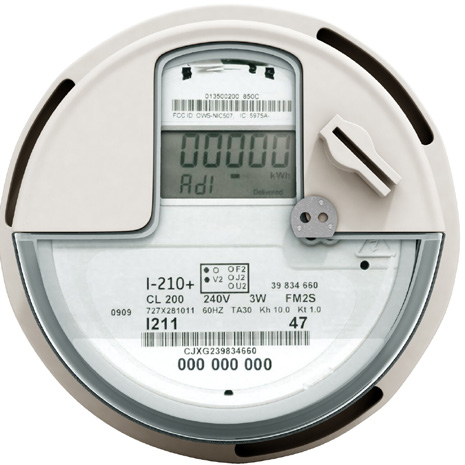Net metering is basically a system whereby businesses or households that produce more energy than they use can feed the excess power back into the national grid in return for ZESA credits. Usually the excess power is generated through private industrial, commercial or domestic solar systems. A special grid-tied inverter and a net metering unit are needed to feed the power into the ZETDC Network. In order to participate the home or business owner needs to fill in the necessary application forms and documentation which can be obtained from ZETDC offices.

The grid-tied inverter has two functions: firstly, it allows energy harvested from solar panels to be available for household or business use, and secondly, it connects to the ZESA network to feed excess electricity to the national grid. The inverter can also make use of the ZESA supply when needed if, for example, the solar panels are not producing enough power (if there are consecutive very cloudy days) or at night when there’s obviously no sunlight. The net metering system means that your electricity supply will be much more consistent and reliable.
Apart from the grid-tied inverter you’ll also need a net metering unit which will record how much electricity you generate and how much you use. In a way it acts like an energy bank so that excess power generated during the day is available at night virtually for free. While at present ZESA does not pay cash for the excess power the net meter will provide you with power up to the amount of the extra electricity which you’ve fed into the grid. Once your credit is used up the inverter will connect to the normal ZESA supply insuring uninterrupted power.
- You can use the electricity that your system has generated during the day after the sun has gone down and the solar system is no longer producing power.
- Your monthly ZESA bills will be substantially reduced.
- The extra credits you’ve accumulated will also keep you in the lower tariff range again helping to reduce your monthly bill.
- Feeding excess electricity into the national grid helps to relieve some of the pressure on ZETDC which is currently unable to meet the demand for electricity resulting in frequent power cuts and load shedding – both of which are detrimental to the nation’s economy.
- Net metering will mean that ZETDC will not need to import so much electricity saving foreign currency reserves for the nation.
- Solar energy is much cleaner and more eco-friendly than the electricity generated at coal powered plants like Hwange.
What are benefits of the net metering system?
- Setting up your solar system – the panels, inverters and batteries – can initially be quite costly.
- The process of registering with ZETDC is fairly cumbersome and time consuming.
- ZETDC requires various sums of money for the application and the connection.
- The credits generated from your net metering set up are for that particular meter only and can’t be transferred to another account. For instance, you can’t use your credits to top up your kids’ or your parents’ accounts.
- Once the net metering system becomes more popular and widespread it could result in ZESA receiving substantially reduced revenue income from consumers. Consumers will be using solar power when they can and then claiming their credit from ZESA.
- Reduced revenue could make it difficult for ZETDC to maintain existing infrastructure – the company appears to be already stretched to capacity.
What are the drawbacks of the net metering system?

In a recent article in The Herald (19 November 2022) the Secretary for Energy and Power Development Eng Gloria Magombo said, “We have had several applications for net metering and we hope this will encourage others to invest in solar energy or any other renewables.”
Solar power is obviously the way forward for Zimbabwe and it’s in line with current global trends. In view of the current climate crisis it seems the best solution for cleaner electricity generation as the world tries to moves away from burning fossil fuels. The net metering system makes it more attractive for individual homeowners and businesses to invest in solar solutions.
By Michael Nott

